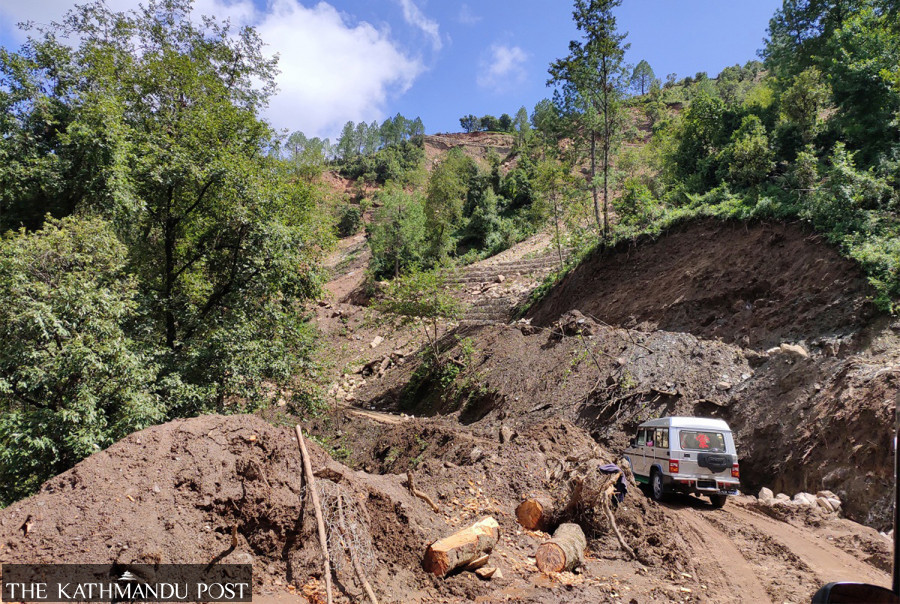Editorial
Dangerous highways
Stretches of Karnali Highway have often been used by politicians to garner support to get elected.
With the dust finally settling from the upheaval created by the frantic movement of people across the country, we can now begin to evaluate the impact heaped on the weary travellers by the sorry state of Nepal’s highways. It is a recurring theme every year; around Dashain, people’s festive jubilation quickly descends to wails of sorrow for the unfortunate families that have to endure the loss of loved ones. Road accidents during Dashain have increased nearly threefold since 2016 to an undesirable total of nine hundred and twenty.
All of this is particularly heart-wrenching because the accidents are often the result of poorly maintained roads and non-adherence to basic safety standards, which are mostly avoidable. On October 12, a passenger bus heading to Mugu from Nepalgunj met with an accident killing 33 people in Chhayanath Rara Municipality-7 in Karnali province, primarily students and migrant workers returning home to celebrate Dashain. Such is the state of roads in Karnali province that not a year goes by without a mishap. Since 2007, as per police records, 136 people have been killed while the number of people maimed or injured stands at three hundred.
With the advent of federalism, the devolved state of affairs has enabled the provinces to access much-needed revenue to overcome their problems. However, the maintenance of national highways still comes under the purview of the central government. What is clear is that there is very little monitoring by the centre on what goes on concerning the project. It seems that funds are allocated without a proper feasibility study. More often than not, once the funds are allocated, the construction or any upgradation comes to a standstill due to budget shortage.
The problems are not just with the national highways though. Absolute neglect by the authorities in developing basic infrastructure has left people in the lurch, unable to go about their daily business, harassed by dusty roads and dangerous driving conditions. The people have lost all hope in the authorities and have no one to look to. Upgradation of roads, particularly the neglected stretches along Karnali Highway, has been used as a tool by politicians to garner support to get elected. And once in office, the issue is often allowed to slip into oblivion until, of course, the next election.
Building and maintaining national infrastructure should be high on the list of priorities for any government that wishes to witness good economic progress in the country. Nepal is a country that hinges on tourism but lacks all the essentials to avail of the benefits afforded by it. How can we even expect to overcome our economic woes without sufficient investment in national highways akin to arteries that are instrumental in supplying the essentials to support life itself?




 11.12°C Kathmandu
11.12°C Kathmandu












%20(1).jpg&w=300&height=200)

